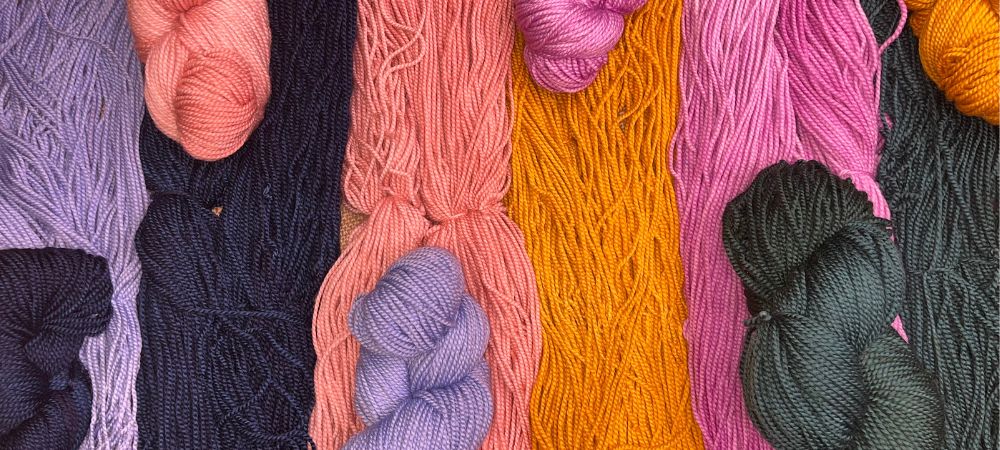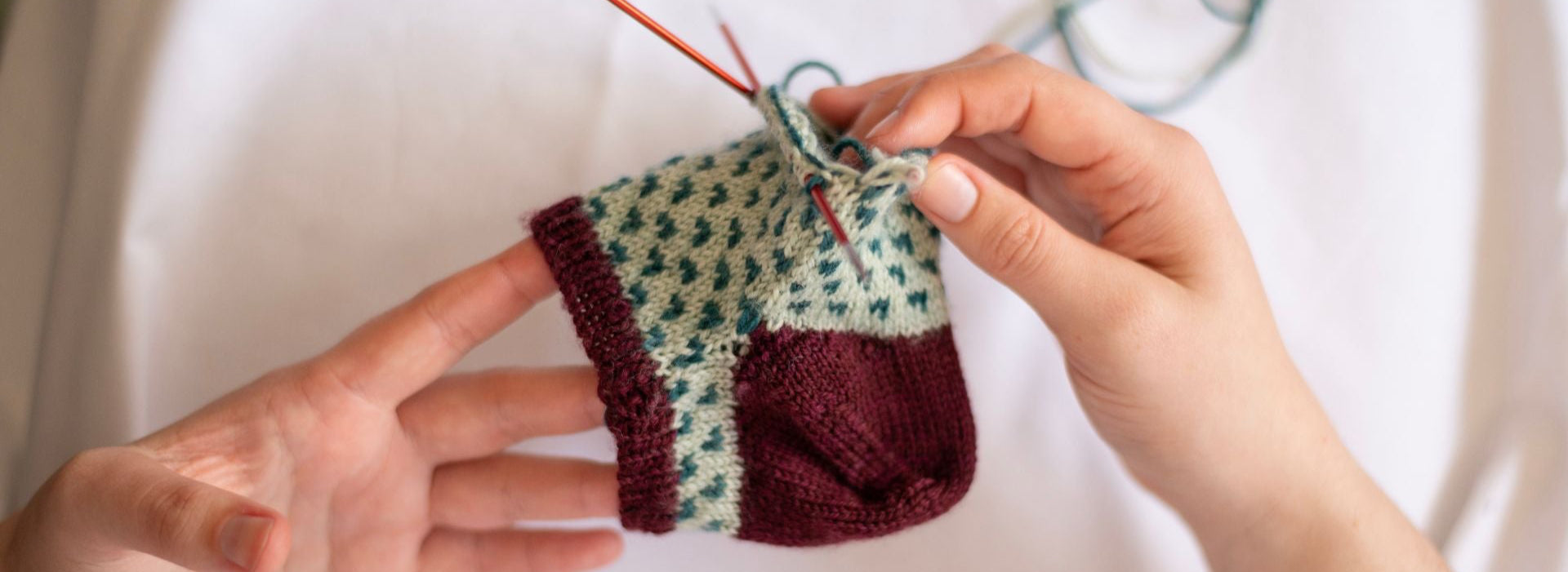Search for tips, tricks, or just ideas

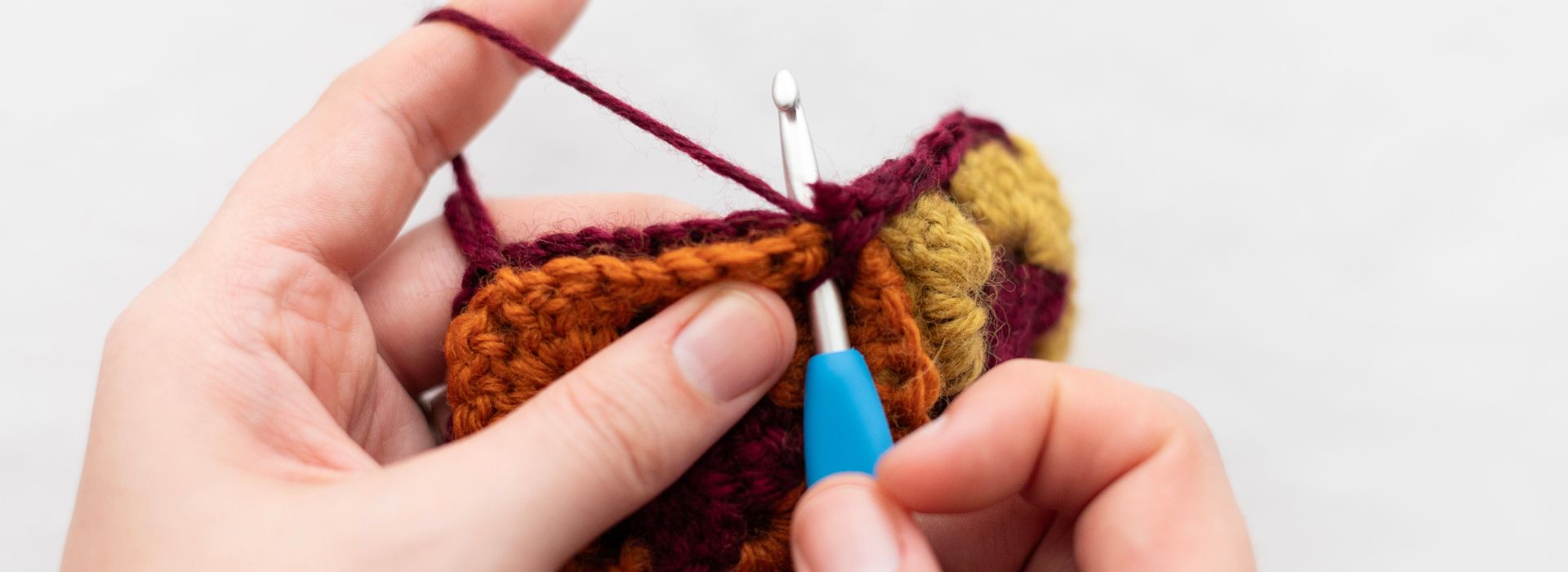
Learn to Crochet Guide - Crochet Basics
Whether you’re new to yarn crafts completely or looking to branch out from your usual favourite craft, our Learn to Crochet Guide will help you with the basics you need to...
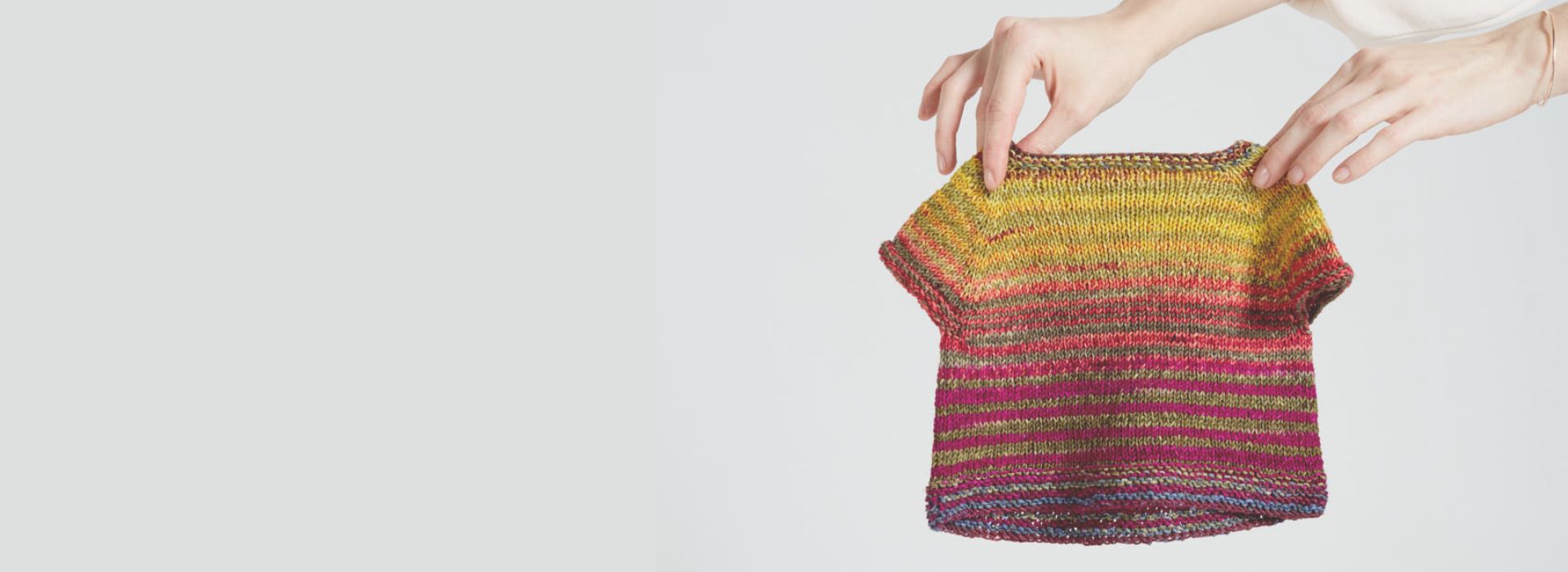
URTH Sock Yarn. Now You Can Knit And Save The Planet.
We're excited to announce that Urth Yarns have joined the Morris and Sons family! Renowned for their natural hand-dyed yarns, Urth Yarns brings a pop of colour and creativity to...
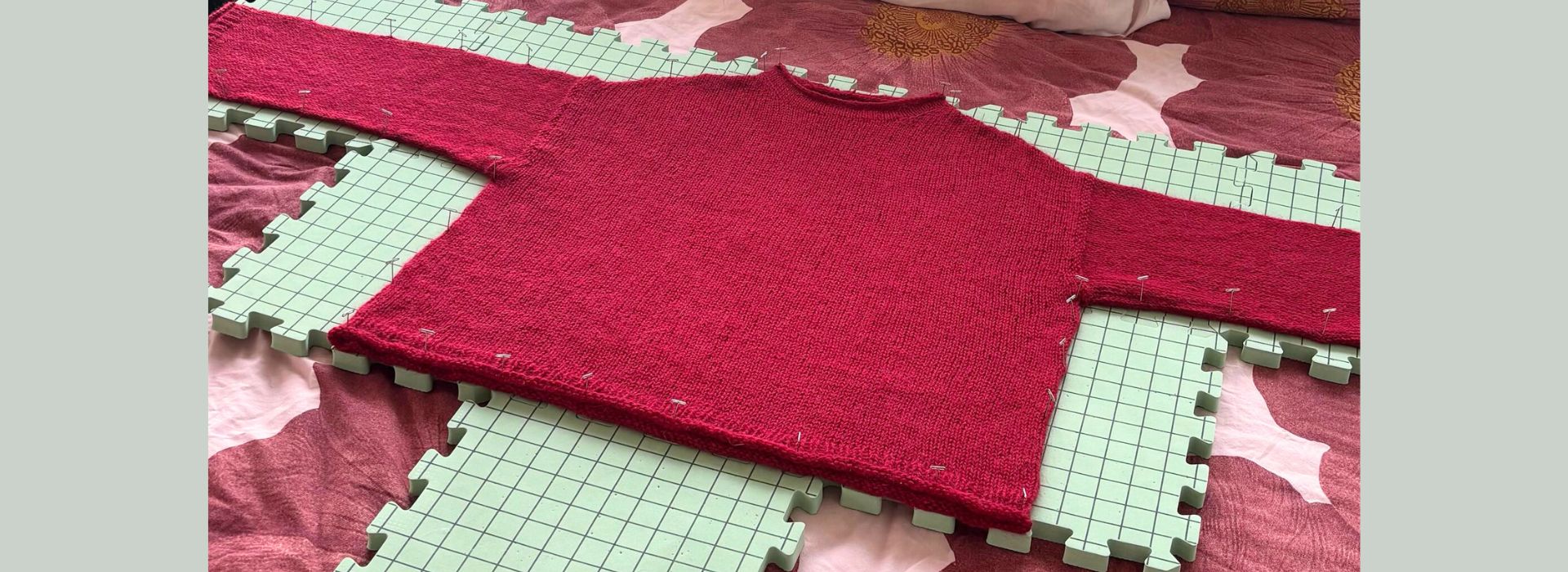
Why Block?-A Morris & Sons Masterclass
Blocking is the quiet, behind-the-scenes step that makes handmade look polished. A gentle block evens out tension, sharpens blanket edges, opens up lace, and helps garments land at the right...
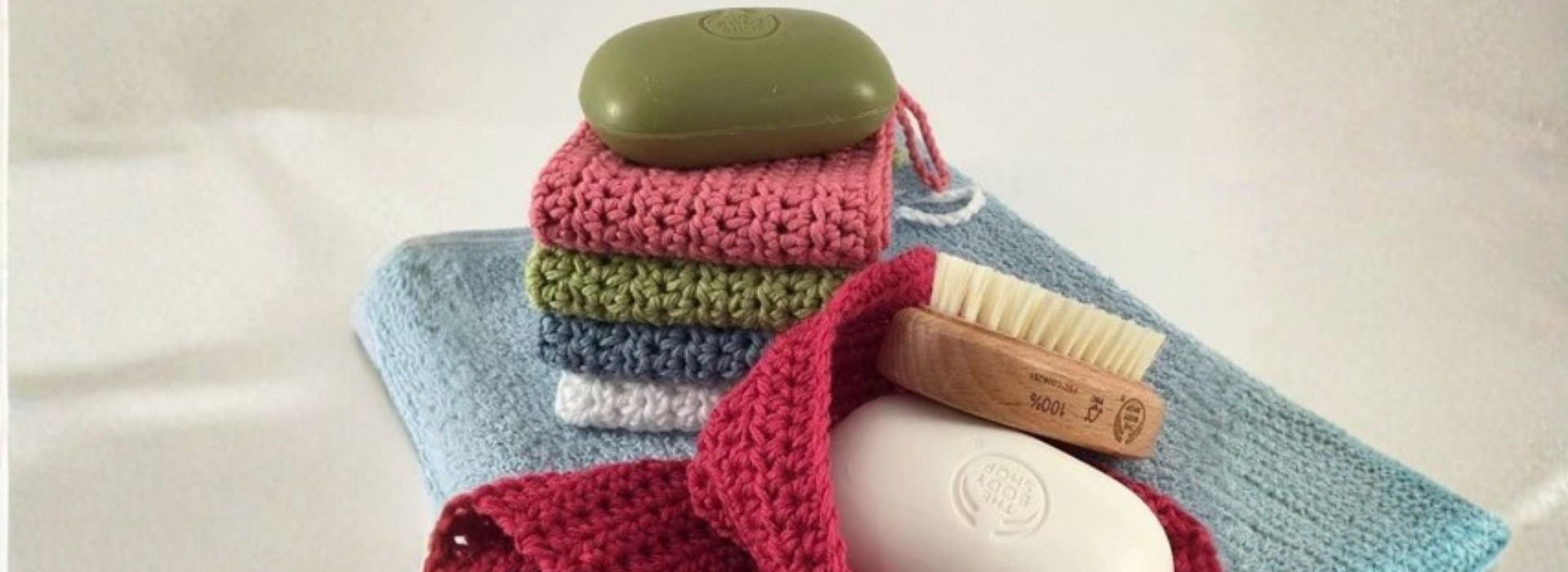
Handmade Cotton Face Cloth Pattern: A Perfect Project for Crafters
Handmade cotton face cloths are a great project for any crafter to have on the go. Their repetitive pattern makes them perfect for beginners, providing a completed project rather than...

